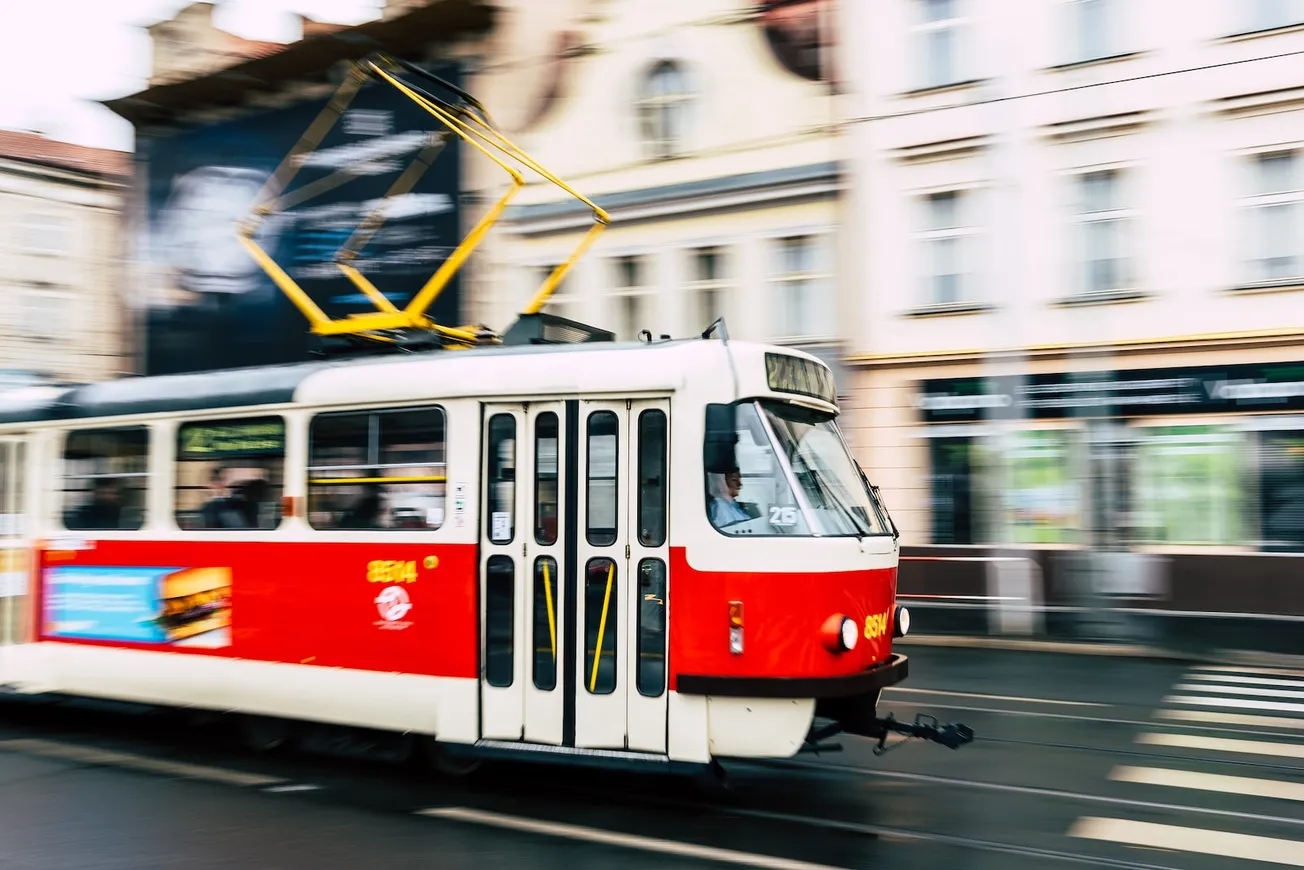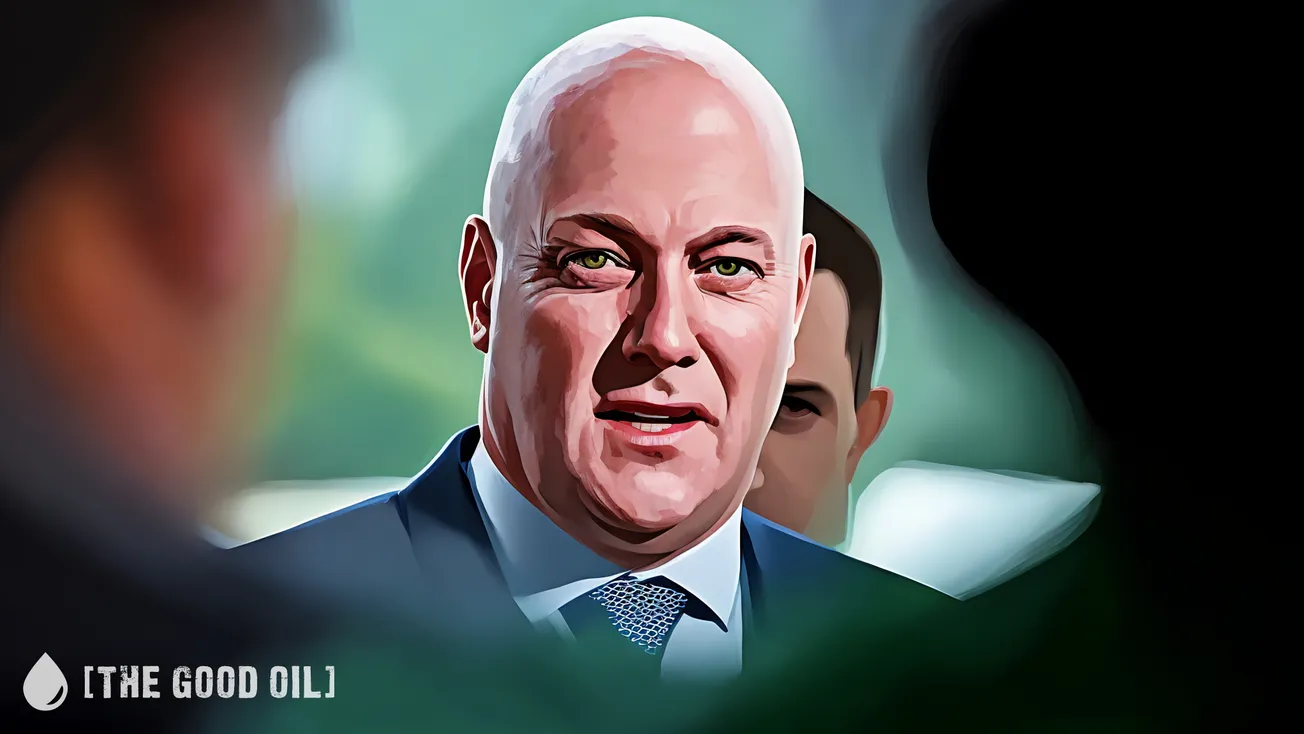Georg Grassmueck
Georg Grassmueck is an Associate Professor of Business at Lycoming College, a liberal arts college in Pennsylvania. He received his BS in International Business and his MBA with a concentration in Finance from Sacred Heart University and his PhD in Agricultural, Environmental and Regional Economics from Pennsylvania State University.
The largest urban mass-transit systems across the US are entering an all too familiar point in their long history: another looming financial disaster caused by financial mismanagement and the consequences of Covid. No urban transit system exemplifies this problem more than the Metropolitan Transportation Authority (MTA) in New York.
Ridership in New York has not rebounded to pre-Covid levels, and the MTA is projected to have a funding gap of $1.6 billion in 2026 despite proposing a 5.5 per cent increase in fares and tolls. At the same time, New York governor Kathy Hochul and MTA announced in January 2022 the second phase of the Second Avenue subway. The extension of the subway line in New York by 1.6 miles will cost an estimated $6.3 billion ($3.9 billion per mile), the highest cost of any subway extension project in the history of the world. Including financing, the total bill cost is $6.9 billion.
With almost prophetic knowledge reminiscent of communist propaganda on the upcoming utopian society, secretary of transportation Pete Buttigieg, the governor, senators and representatives praised the project for its “sheer grandeur”. The fact remains that with each grandiose announcement of the upcoming utopian green mass-transit society, the reality of mismanagement ultimately will set in.
In his book Bureaucracy, Ludwig von Mises anticipates the potential problems of public enterprises in the market economy. He writes, “A socialist central board of production management will be helpless in the face of the problems to be solved. It will never know whether the projects considered are advantageous or whether their performance would not bring about a waste.”
He continues later:
The authorities are inclined to deviate from the profit system. … They consider the accomplishment of other tasks important. They are ready to renounce profit or at least a part of profit or even to take a loss for the achievement of other ends. … the result of such a policy always amounts to subsidizing some people to the burden of others.
Urban planners, politicians, and passenger advocates believe that the current system of funding public transit should be revamped. The majority paradoxically believes that public transit should not have to pay its own way. However, if the prime motive for undertaking a project is no longer for profit, other motives and principles must be adopted.
Mises writes, “With private profit-seeking enterprise this problem is solved by the attitudes of the public. … a sufficient number of citizens is ready to pay the price asked for them. … Its unprofitability is the proof of the fact that the consumers disallow it.”
But if an enterprise operates without regard to profits, the consumer no longer provides a criterion of its usefulness.
Mises continues, “The public enterprise’s duty is to render useful services to the community. But the problem is not so simple as this. Every undertaking’s sole task is to render useful services.”
However, how do you define useful services and who decides what they are? The central planners, MTA officials and politicians, with their infinite wisdom and foresight, decide what is a useful service. If unprofitability is not proof of consumers disallowing a service, as Mises already pointed out, how much is society willing to pay for these services? Mises states that “every service can be improved by increasing expenditures”, but at what cost to society?
Again and again, public infrastructure proponents argue that with more money, mainly federal money, cities are able update their aging fleets, renovate worn out stations, improve service, add new lines and make public transit more consumer friendly. Proponents argue that, ultimately, public transit could become a consistently reliable, affordable option, bringing people out of their cars and making a significant dent in our greenhouse gas emissions. But this is only possible after a significant injection of public money into the system.
According to a report by the Congressional Budget Office called “Federal Financial Support for Public Transportation”, in 2019 two thirds of transit agencies’ income came from government, with 75 per cent from states and localities. This means only one-third of the revenue by transit authorities comes from passenger fares along with taxes and tolls.
In addition, government funding accounts for 75 per cent of spending on capital and 58 per cent of spending on operations. Proponents of more funding for public infrastructure pin their hopes on the proposed congestion pricing for New York. In this proposal drivers would have to pay a fee entering certain parts of New York, similar to congestion taxes in other parts of the world. Other proposals ranging from interesting to outright ridiculous are special taxes on package deliveries, sales tax revenue and taxes on cannabis sales and casino licenses.
What is even more troubling is the fact that mass transportation agencies like the MTA are very poor stewards of money. A recent report by New York University Marron Institute of Urban Management entitled “Transit Cost Project” provides a detailed account of transit infrastructure cost around the world and New York in particular. The report sheds light on the troubling fact of infrastructure projects by public enterprises. For the first leg of the Second Avenue extension, the MTA spent $4.5 billion. Three quarters of that ($3.8 billion) was spent on the design, engineering and construction; another $655 million went to consultants and outside firms to oversee construction; and just $378 million was spent boring the tunnel itself.
It is very clear that the public infrastructure project should be privatized. Walter Block’s article “Free Market Transportation: Denationalizing the Roads” provides a great introduction to the topic of privatization, as does his book entitled Privatization of Roads and Highways. Gregory Bresiger, in a series of articles on the New York subway system (and many more on mises.org), provides great insight into the origins of the New York subway system as a privately funded enterprise. The Interborough Rapid Transit Company (IRT) was a private management company that had a subway franchise contract with the city that operated for many decades profitably until politics torpedoed a successful private solution to public transportation.
Mises concludes, “The taxpayers are virtually subsidizing those riding the trains.” Actually, low-income workers mostly without access to the subway system are subsidizing the proposed MTA expansion in New York. Ridership in the working-class neighbourhoods of New York is recovering faster than the subway ridership to business districts.
Governors, senators, representatives and even the transportation secretary like to showcase big-ticket items with great costs to society, while fixing and updating bus stations and improving service delivery are pushed into the background. The extension of a subway line by 1.6 miles at an enormous cost to taxpayers is eerily similar to the grandiose five-year plans by socialist planners, and we know how well those plans worked in the long run.










